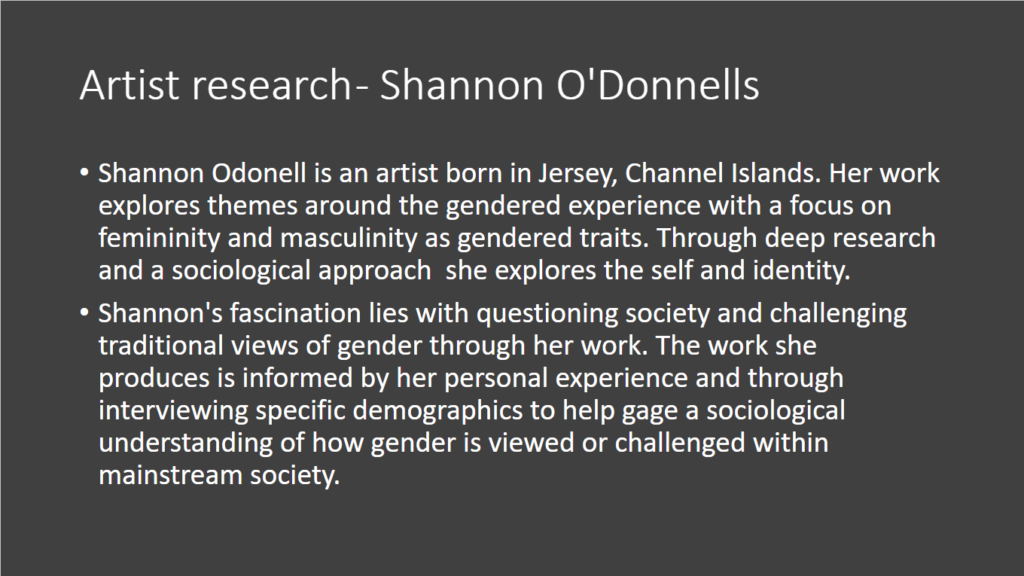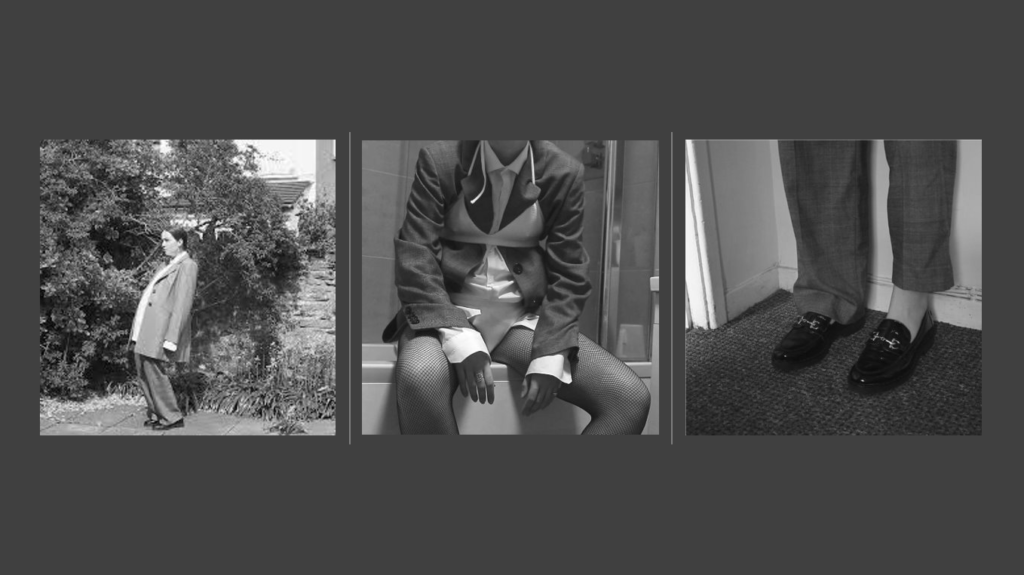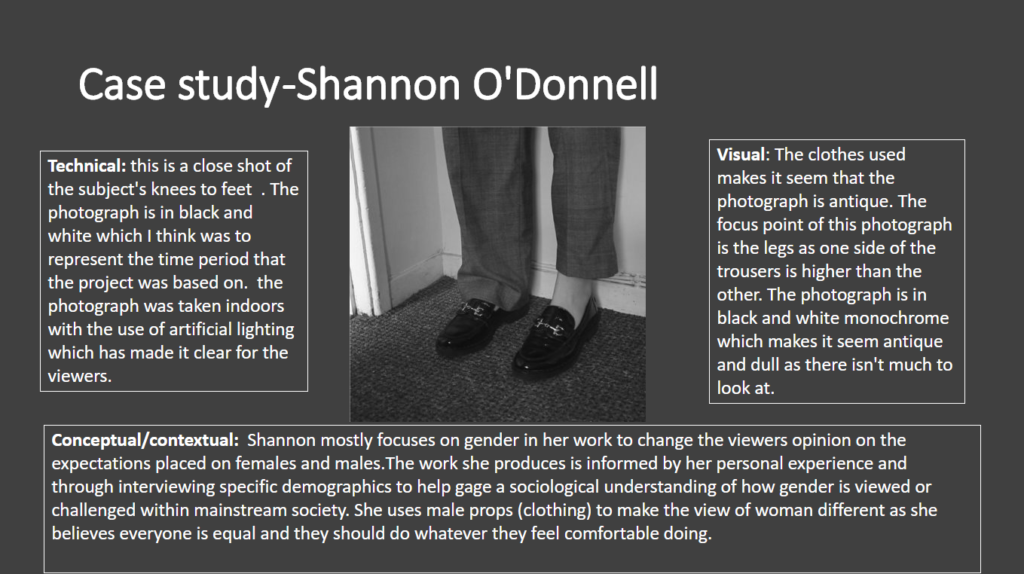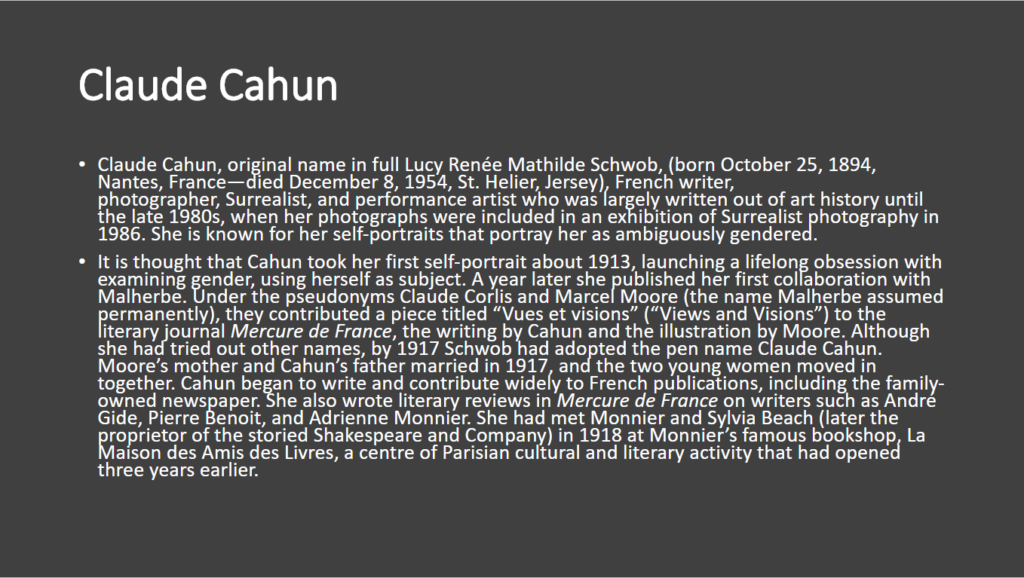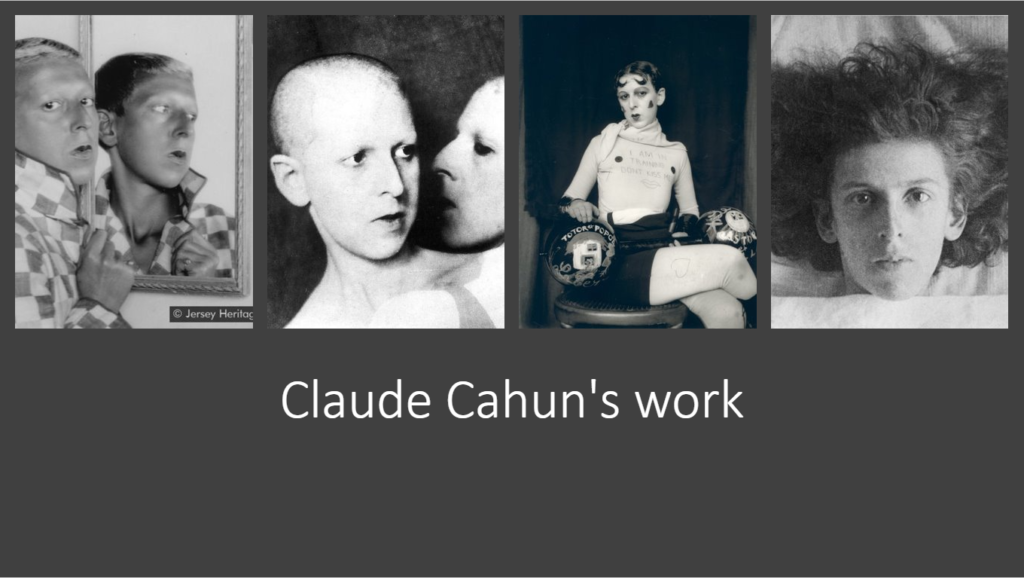





Shannon O’Donnell’s work revolves around demonstrating gender binary.
Art is always and everywhere the secret confession, and at the same time the immortal movement of its time – Karl Marx
Claude Cahun – “Her work is very political. I found it strange at first but once I got to learn about her and her gender bending, I thought her work was completely abstract and completely strange. Claude Cahun would write letters and put them in soldiers pockets telling them to shoot sergeants in the heads. Rebelled for her art and didn’t care about consequences.” Claude Cahun’s work relates to Shannon O’Donnell’s work as they both look into whether there are only two gender and how your gender defines you. Both try to make a political statement with their work. Originally, Claude Cahun’s name was Lucy Schwob in the early 20th century in France. By changing her name she was protesting against sexual and gender stereotypes.


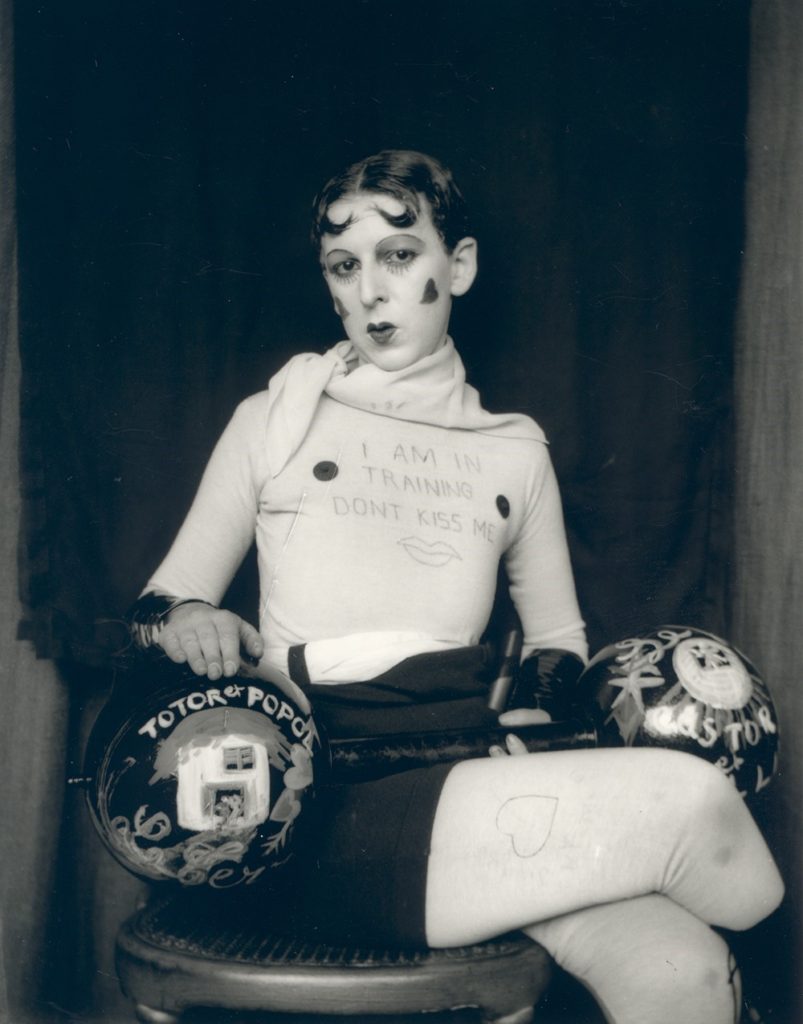

Duane Michals – A famous photographer from the last century, mostly known for his work with series, multiple exposures and text. During the 1960’s Michals excelled in field photography and manipulated the medium to communicate narratives, this era was heavily influenced by photojournalism. He is widely known for his fame by frame format. The text that is handwritten on a lot of his texts gives the photos more personalisation and makes them more poetic as Michals intended.
“Duane Michals is another interest, not extravagant and big, just simplistic.” – Shannon O’Donnell
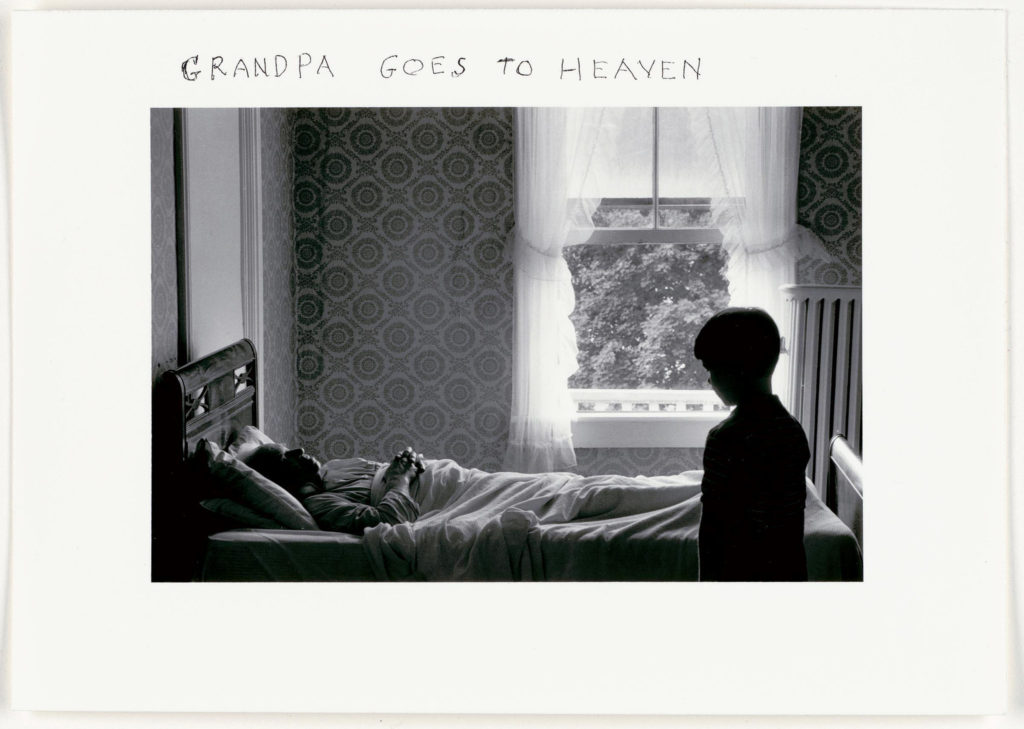

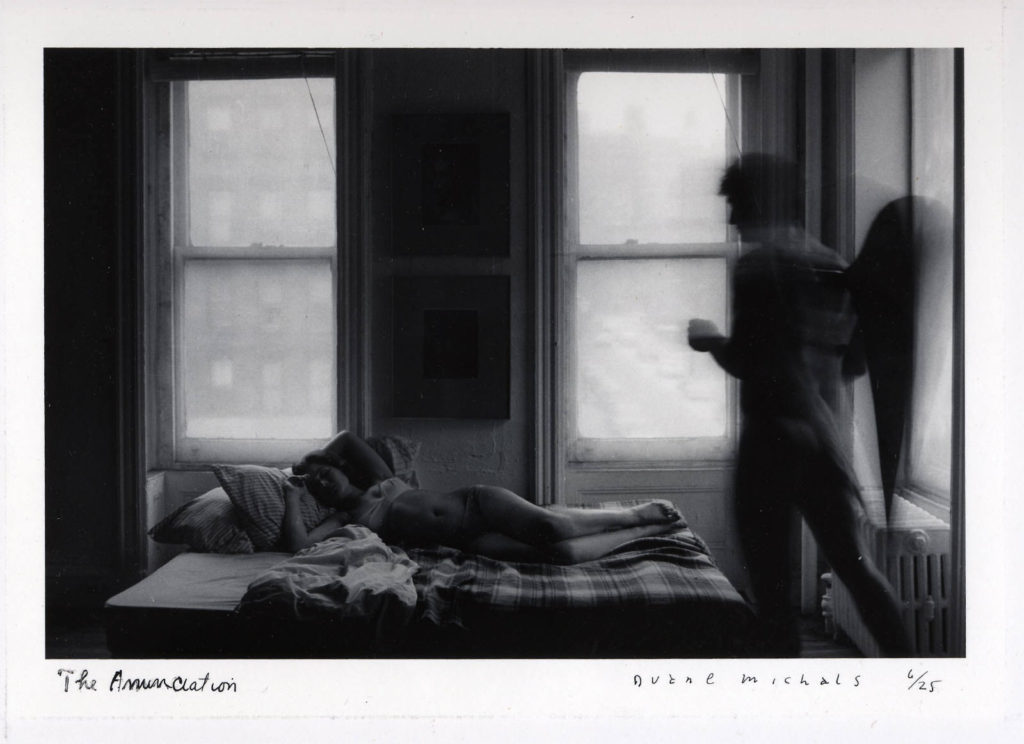
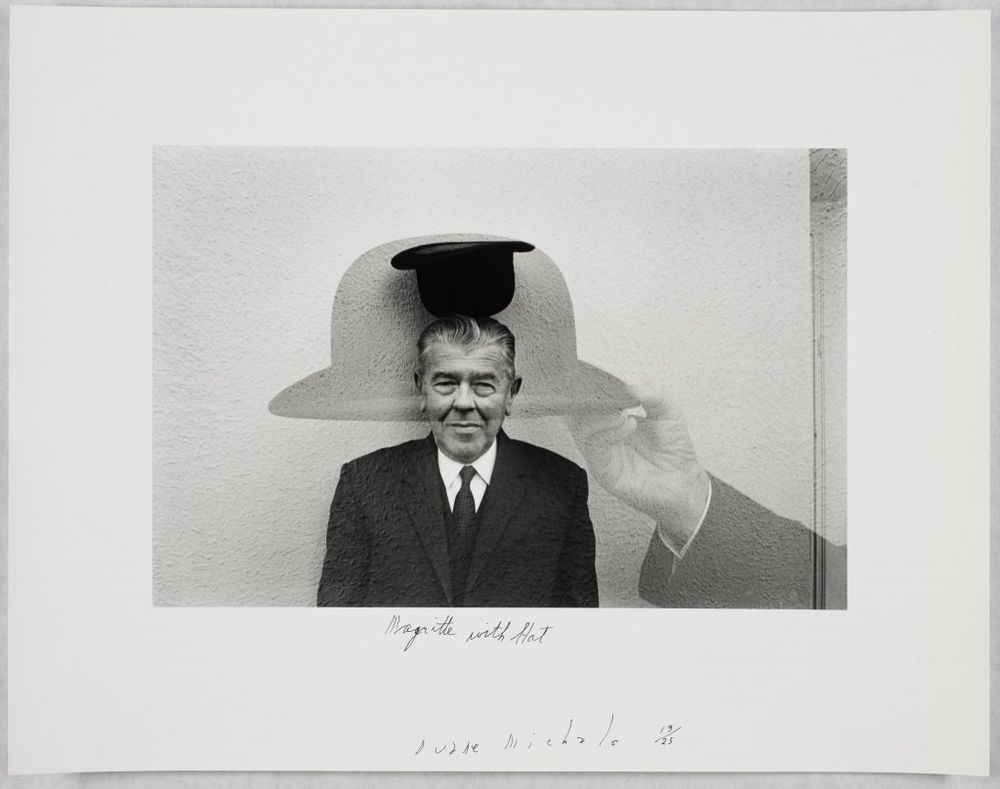
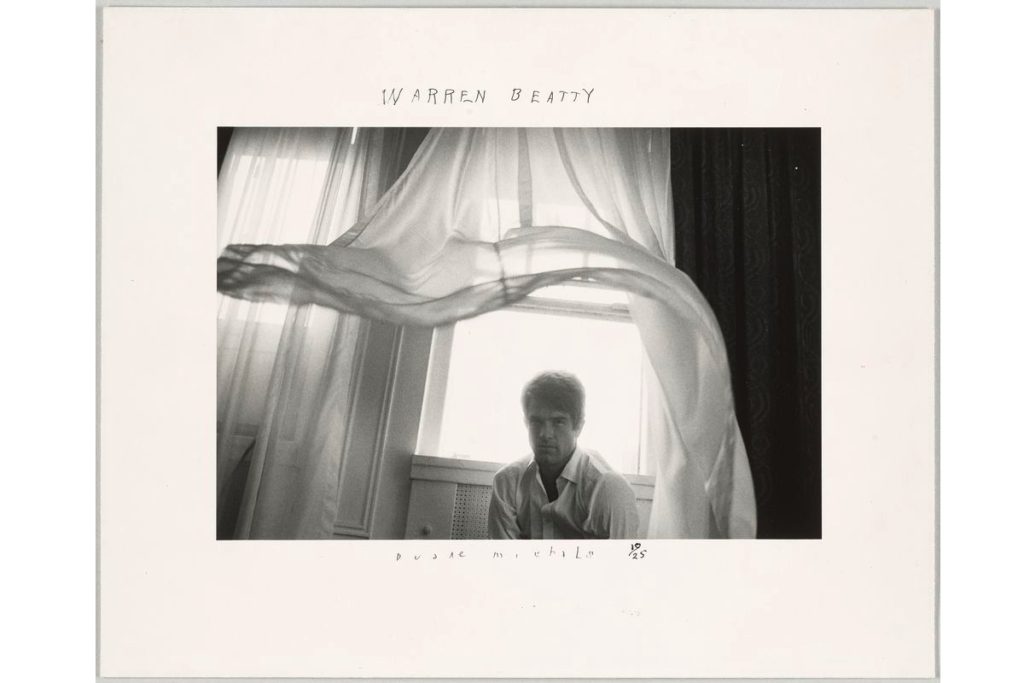
Casa Susanna – her photography began in the 60’s by taking photoshoots of men and transgender women. Her work was thought as an escape where men and transgender people could be theme-selves and not be ridiculed. The image were private and intimate for the models and the photographer and gave the models as sense of normality and safety.
“One day they could very housewifey, the next day they could be a group of women together having a gossip over tea.”
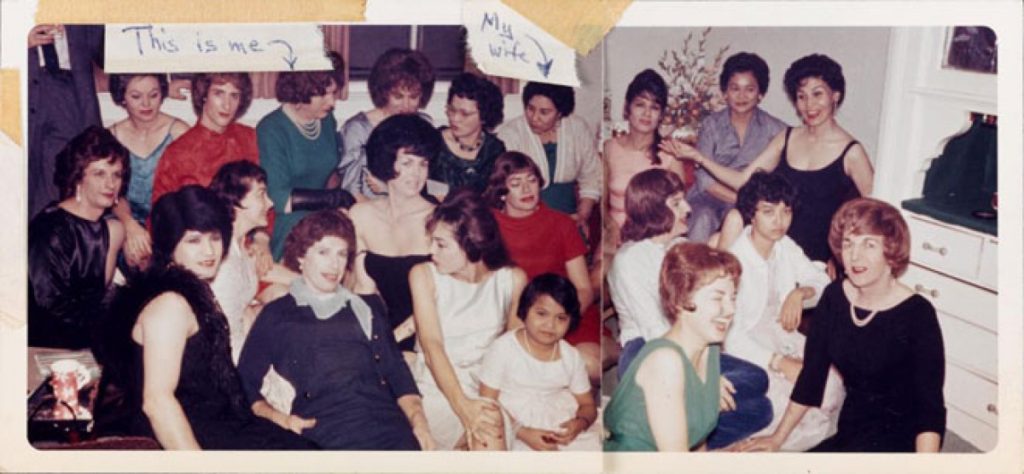
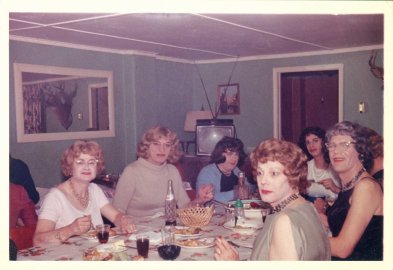



Walter Pfeiffer – He takes photographic portraits of friends, lovers and the youth surrounding him in cities such as Zurich, Paris and New York. His work links him to other photographers of that decade, such as Nan Goldin and Nobuyoshi Araki. His first published photographs appeared in the 1980’s.
“One click, and that’s it,”
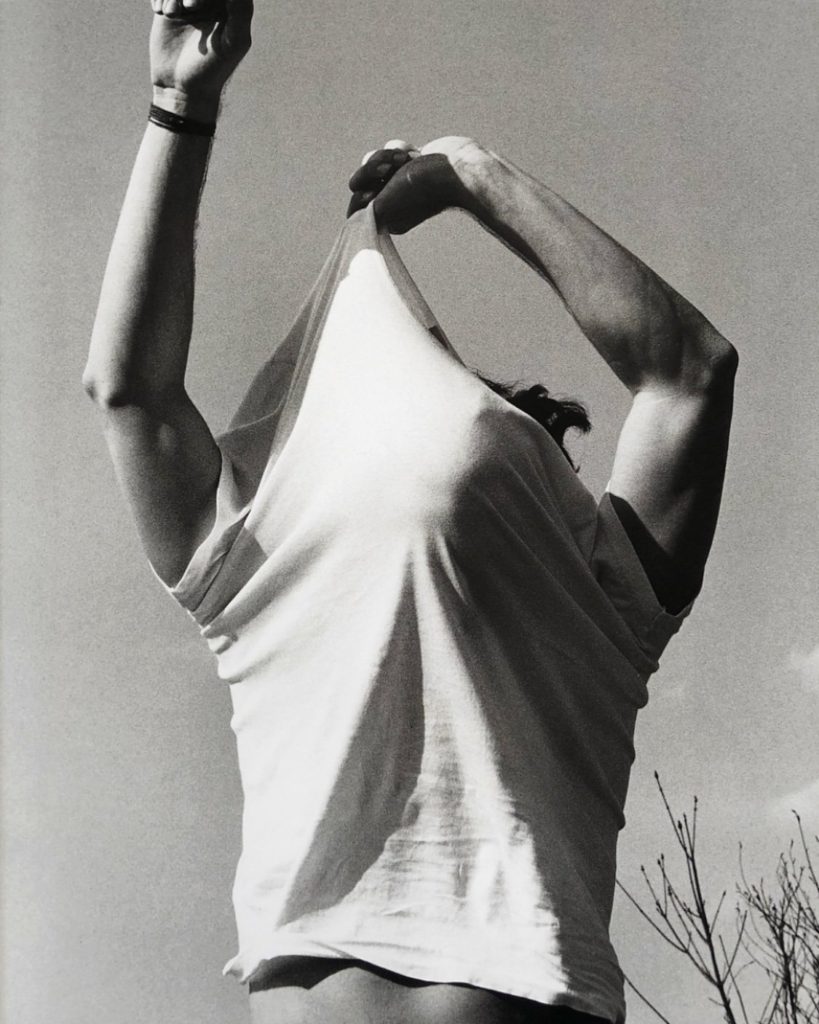
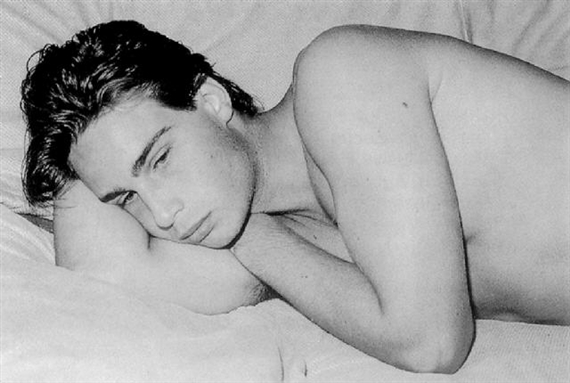

Adi Nes – This photographer’s project is called Soldiers. Juxtaposing masculinity and manhood, his images use soft lighting, are very posed and use young models.

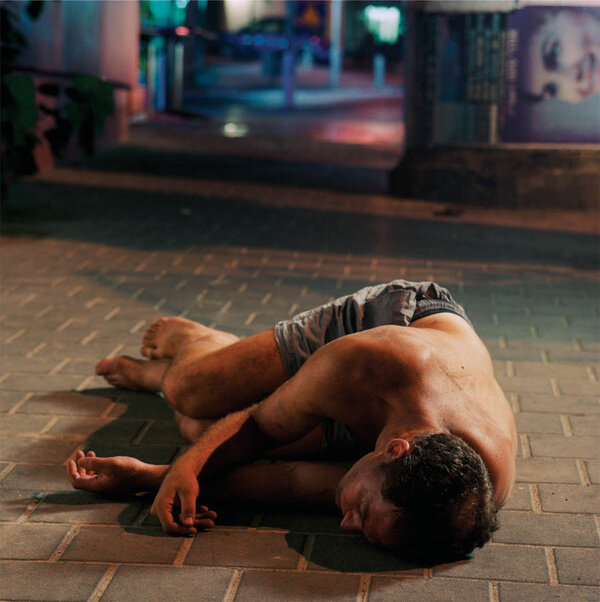
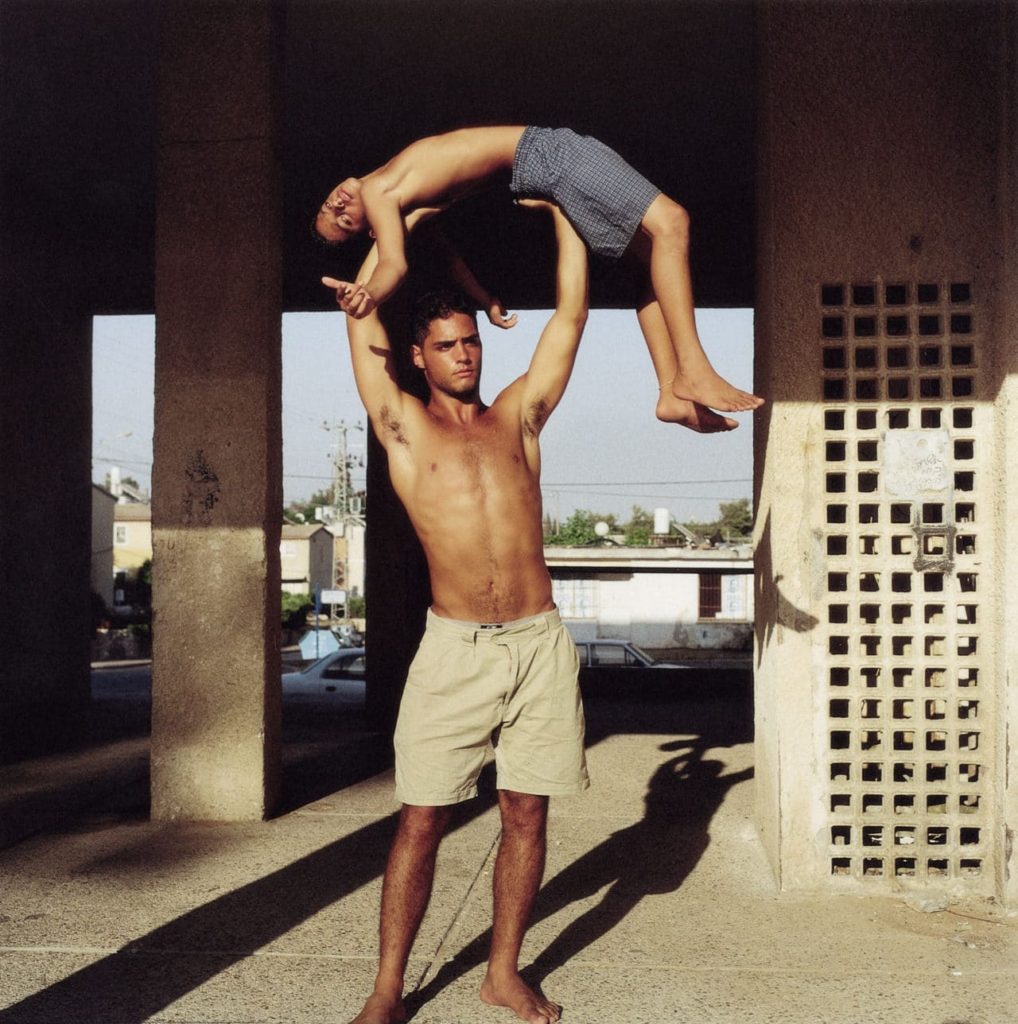
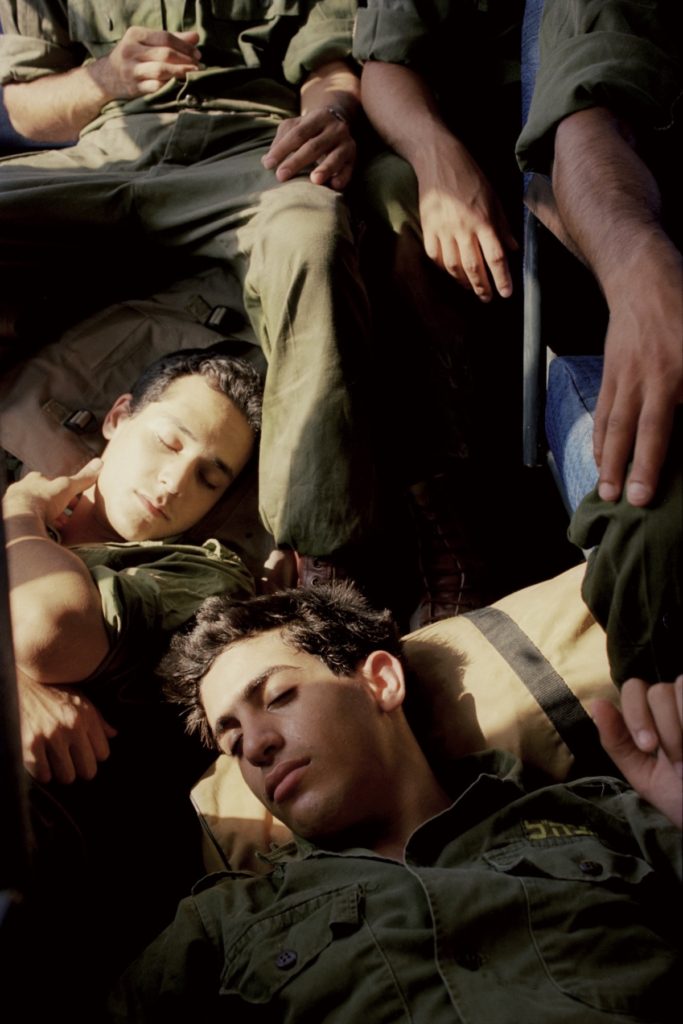


Theoretical Development – Judith Butler– talks about masculinity and femininity. In a interview she talks about how a young man was judged for the way he walked and was considered gay.
“Androgyny is not trying top manage the relationship between the opposites it is simply flowing between them” – June Singer
https://www.shannonodonnell.co.uk/personal
Shrinking violet was one of her projects in 2016. Mocking the traditional role that women held. In order to progress her work further into gender studies.
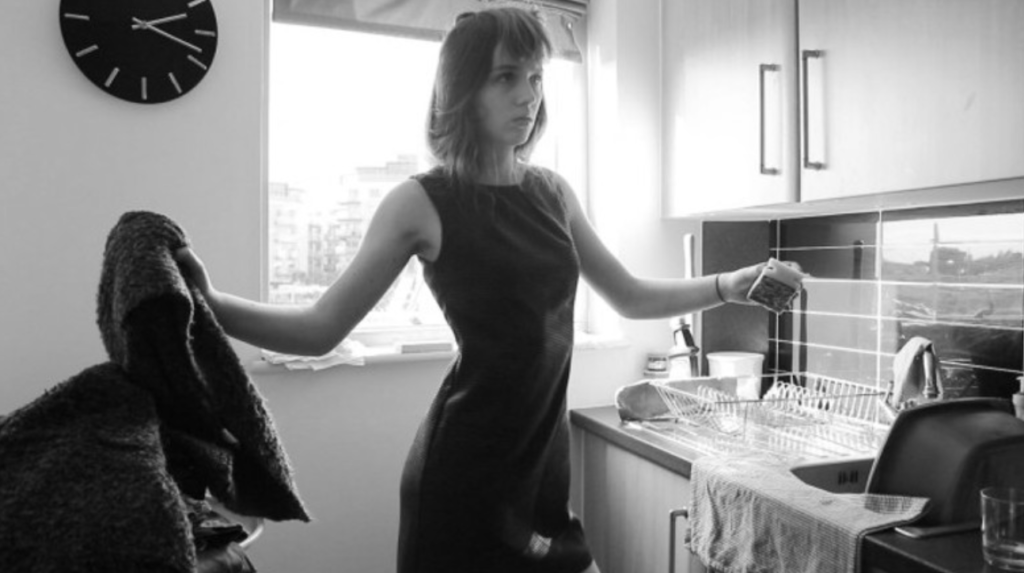
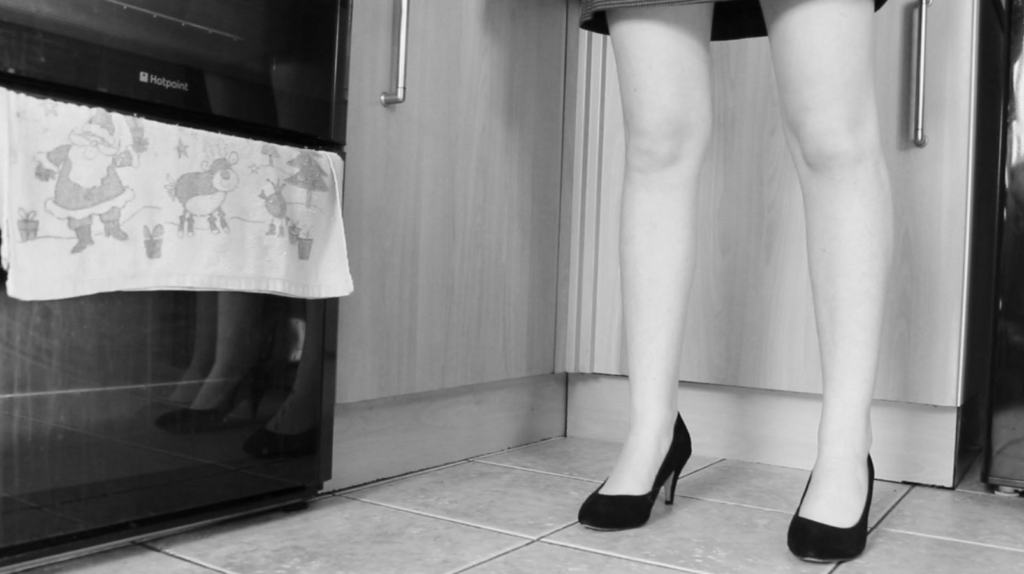
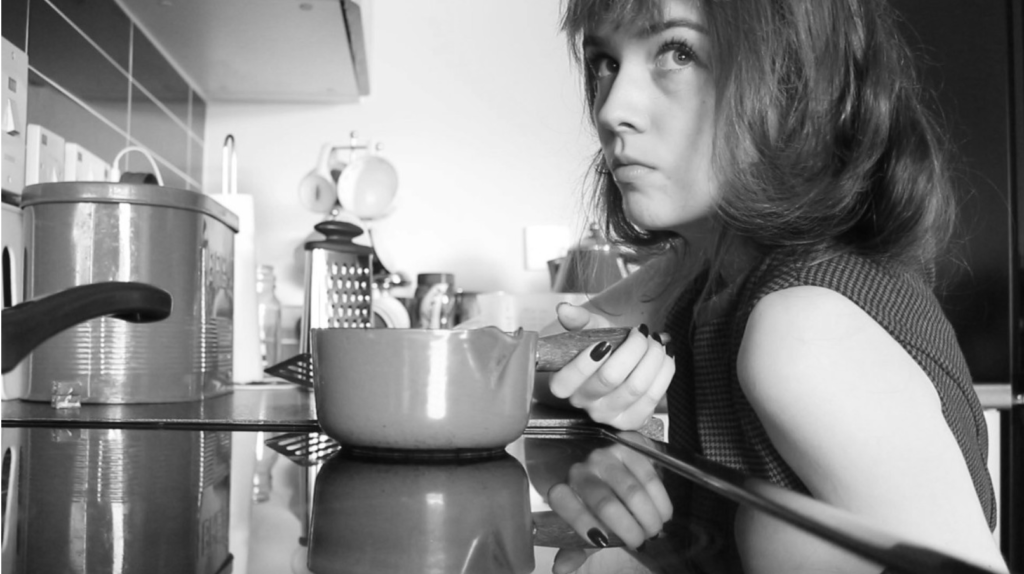
Another project was Abort Mission in 2018- she saw people praying outside an abortion clinic. Protesters claiming it to be their religion, although nothing says you can’t abort a child and that you should pray in public. A road in Cardiff had a lot of sex clubs and pubs around the area where the anti abortion protesters were.
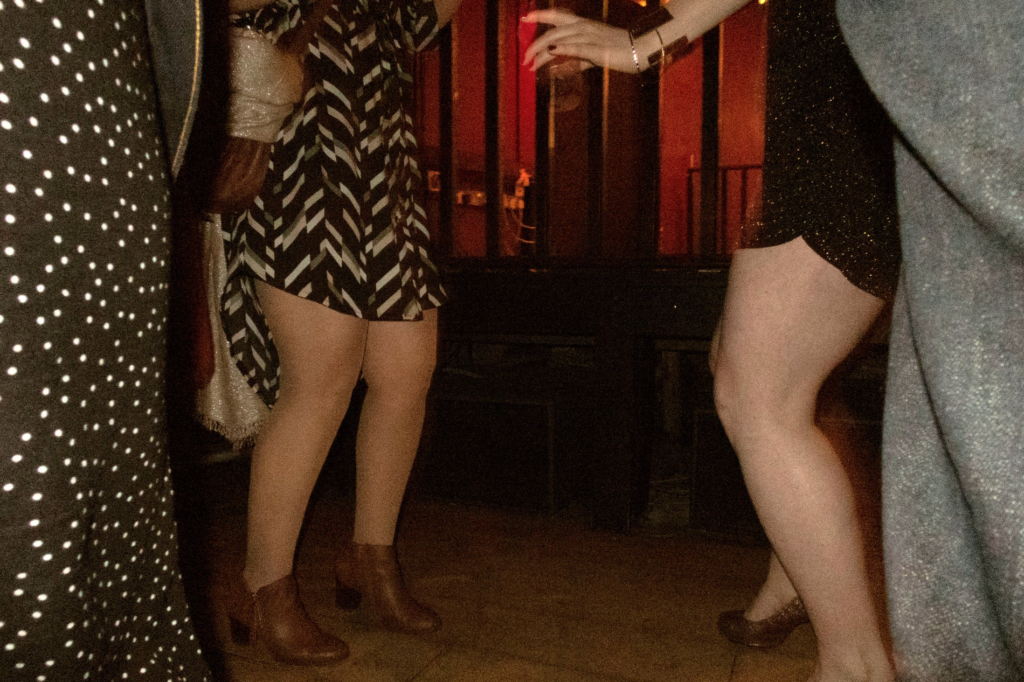
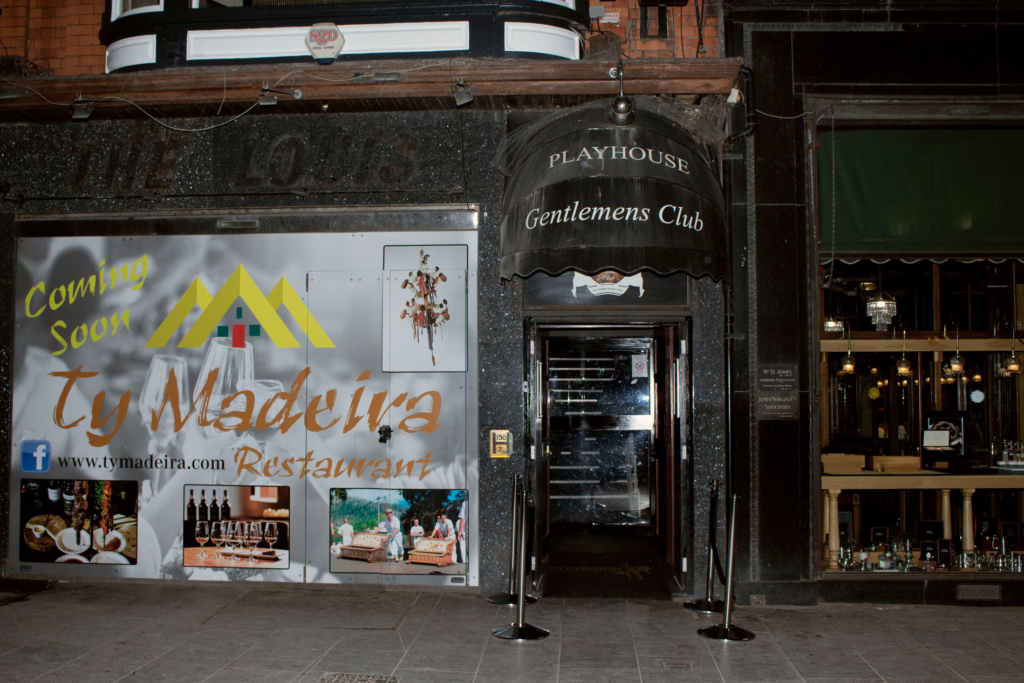


By Your Beside in 2018 – her mum was in a coma because she couldn’t breath for herself. It was Christmas Day and she was taken into hospital, she fought for two days and was then put into a coma, had 2 bacterial infections in her lungs. Made a film and interviewed people in her family about the experience, the film was called Susans Sleep. Used sound sacking/layered audio with own footage and music.



The next project was The Cat and The Mice, at the river side in Cardiff the suffragette movement in Wales, to do with Margaret Macworth and Kate Evans. The suffragettes were violent and the suffragists were more political, less known and didn’t like the suffragettes. She titled this project as The Cat and The Mice because it was about the suffragettes getting starved in cells in prison and found out about this due researching archives in books and medals from Kate Evans from surviving in prison. One of the events that occurred during the suffragette movement was Margaret Macworth throwing a bomb into a postbox. Shannon O’Donnell took a photo on where the postbox was blown to pieces which has now been replaced. She also took a photo of Tescos where the peace hall had been replaced. To add to her project she made an exhibition called Where they Stood. In this project she reconstructed the place where the suffragettes were force fed. The room where she did had a chair in an empty room, Shannon O’Donnell reconstructed this.
Another big movement that happened during these times was due to Emily Pankhearst – her aim was to get attention and be in newspapers to get more publicity. The suffragettes were seen as terrorists and were laughed at due to their “stupid actions” at the time. The incident where people started to have more debates on the true meaning behind what the suffragettes doing was at a horse race where Emily jumped out in front of the King’s horse when she was trying to put a flag on the horse. People also saw this as a suicide mission and died from the injuries.

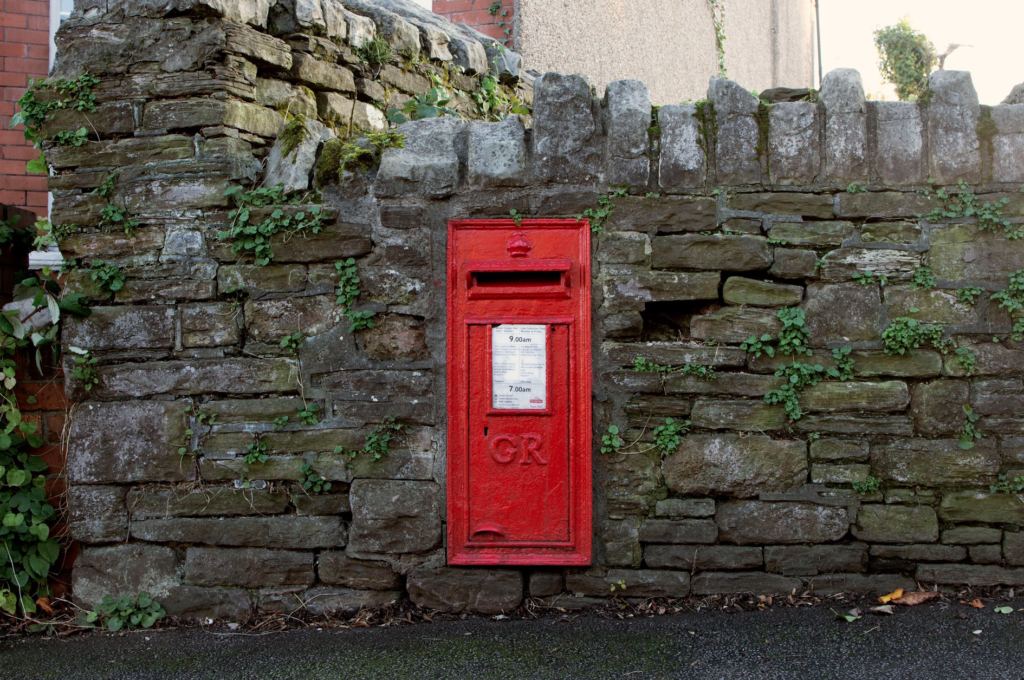
Thats not the way the river flows was another project in 2019; mocking masculinity and felinity and questioning what makes you what you are. She made a short film about it. Still images are taken from her films. She made a poem about gender and the idea that society follows a strict binary of male and female. She made the film in black and white. The way she documented this project was by setting up a tripod and pressing record; she says it “adds to it as its more like a performance” she then takes photos of the the good shots in the film. She takes the stills into premier film and then into photoshop and edits them. Her work is more of a documentary, as she looks at large political problems and responding to the world around her.
Is it just being a women or is there more layers to it? – Shannon O’Donnell
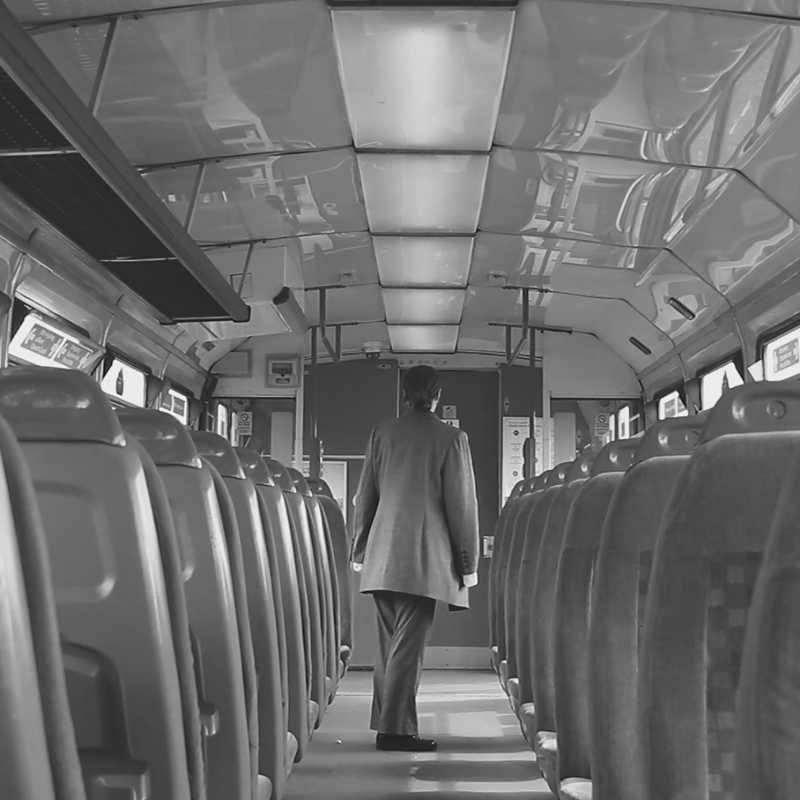
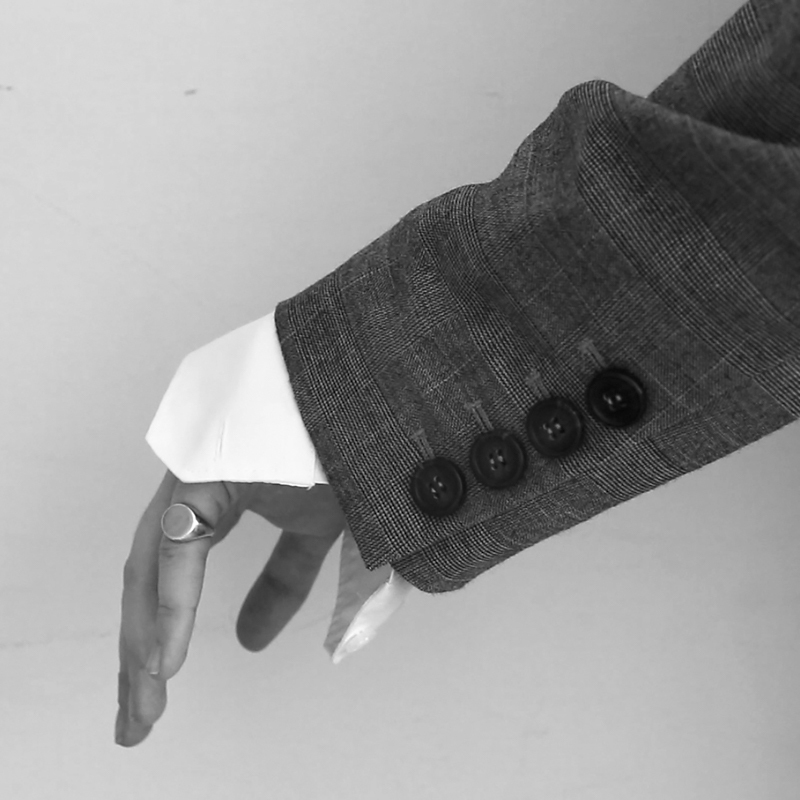

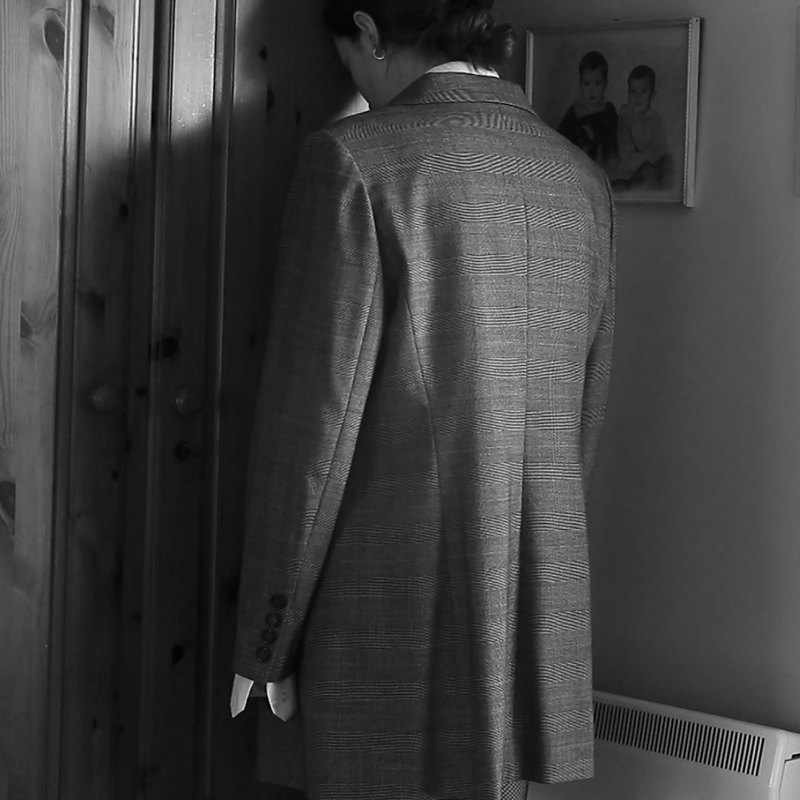
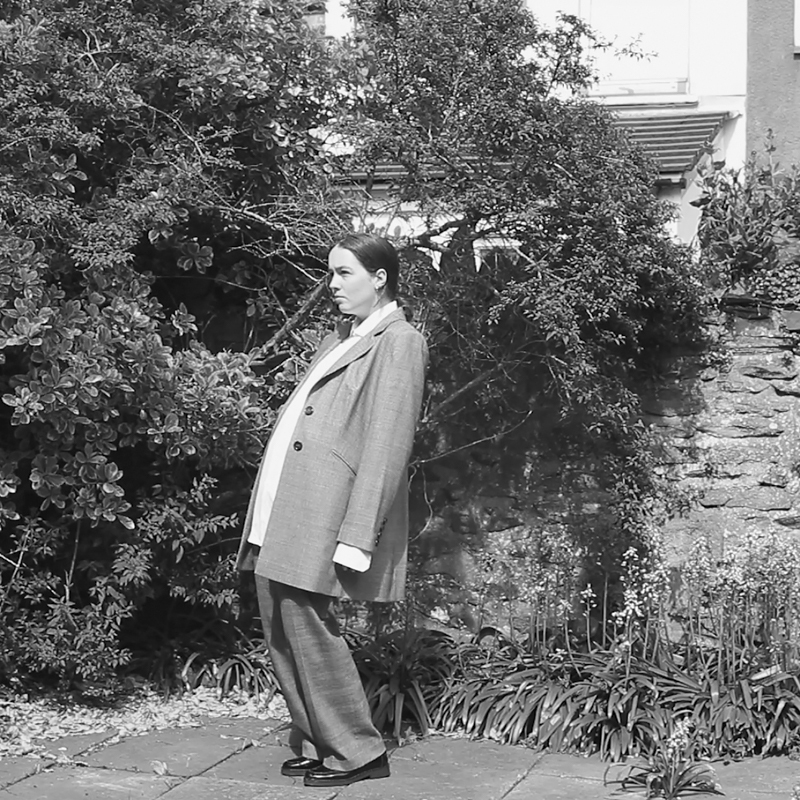
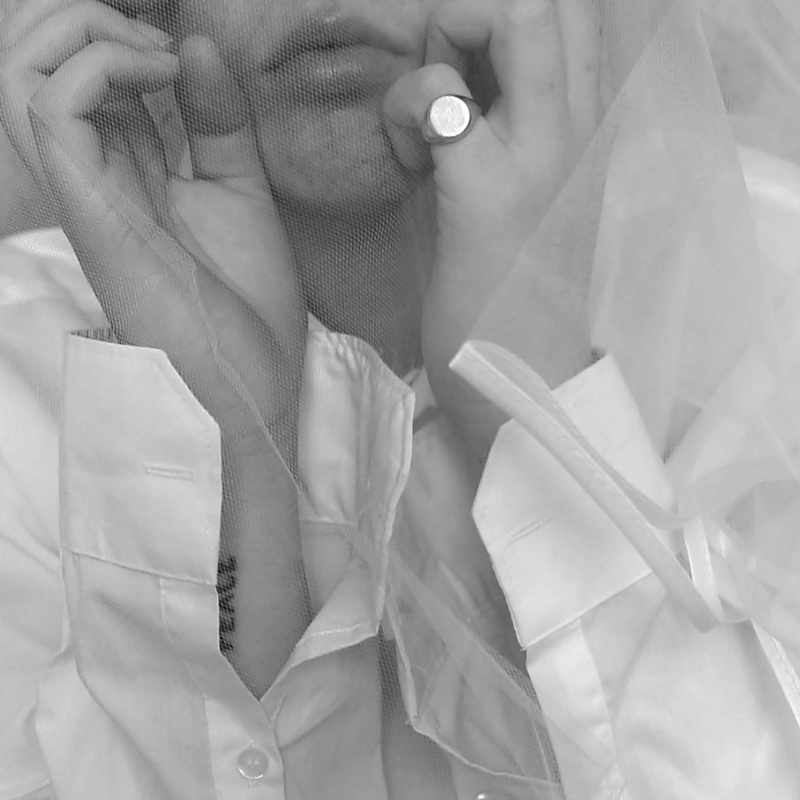
Photography at uni – did presentations and seminars and harshly critiqued. Progression wise there was a lot more research and theory in history at uni. It was more independent, self driven and difficult and challenging. Her course drove the idea of big projects over a couple years and getting grants and awards.
She is currently working in jersey in the photographic archives, Digitising a lot of film negative and analogue processes and makes videos for social media. She does this on a camera set up and shoots on the laptop straight from the camera.
Identity politics is defined by the Oxford Dictionary as the tendency for people of a particular social group (religion, race, sexuality, economic background) to form political alliances and stray from broader party politics. The term is more commonly used in conjunction with minority groups like the LGBTQ+ community, ethnic minorites, disabled people or immigrants and the issues that often concern or involve them, like debates on gun control, women’s reproductive rights, racially-based police brutality, and immigration policies, but this is inaccurate as it can be just as easily applied to more right-wing and non-minority-focused policies and political issues, not just the left and the minorities. For example, the simple fact of whether someone voted “leave” or “remain” on the Brexit referendum has well-known associated stereotypes that could even be used to guess the voter’s race, economic class, gender, or even their career.
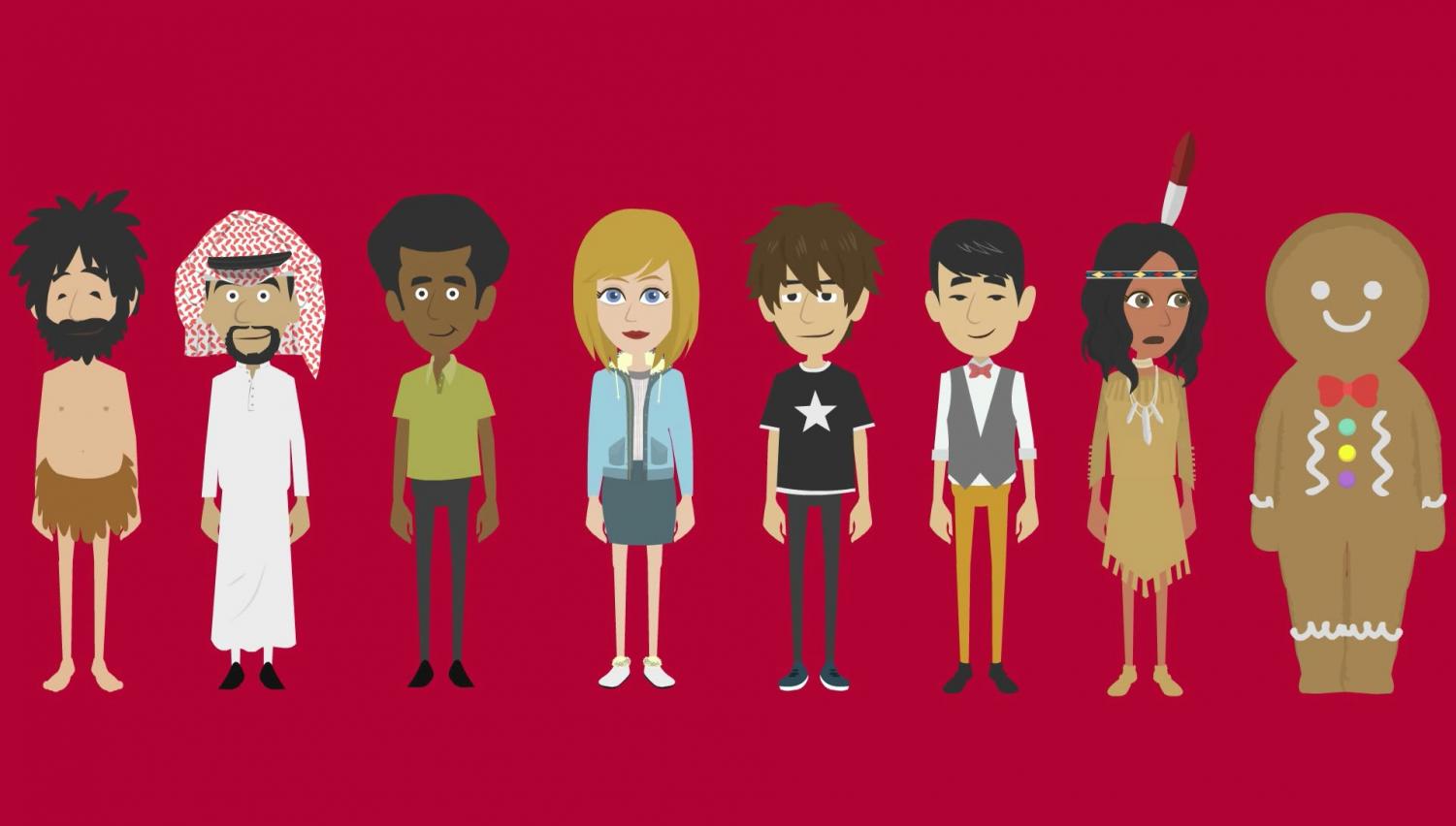
The massive increase of the use of identity politics in everyday political issues could be held responsible for the culture wars said to be on the rise, especially with the rising tensions on other issues as well. A culture war is defined as a conflict between groups of different ideals and beliefs. While on the one hand, identity politics are useful for helping to give minority groups rights and to help people band together and raise awareness of issues they feel may affect their own community disproportionally to others, the rise of “extreme” identity politics has been linked to an increase in tribalism and the massive degrees of separation between the right and the left in modern politics. The fact that right-wing and left-wing parties are pulling further apart from each other, also resulting in centrist parties moving further to the right all over the world, negatively impacts minority groups and causes confusion in ordinary people, who may not be able to identify so strongly with the identity groups on either side.
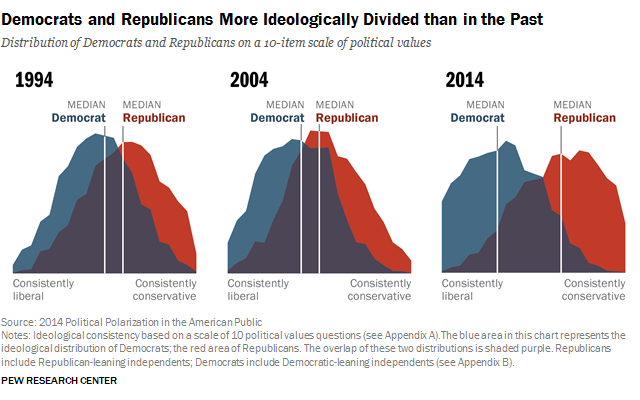
The rise of identity politics and the subsequent increase in Western right-wing party voters being more likely to be white, conservative, religious/evangelical and rural and left-wing party voters being more likely to be non-white, liberal, and non-religious has caused a massive divide in society, to the point where, depending on the party you voted on, your very identity may be threatened by their policies.
LINKS-
https://www.theguardian.com/commentisfree/2018/jul/14/identity-politics-right-left-trump-racism
https://www.vox.com/identities/2016/12/2/13718770/identity-politics
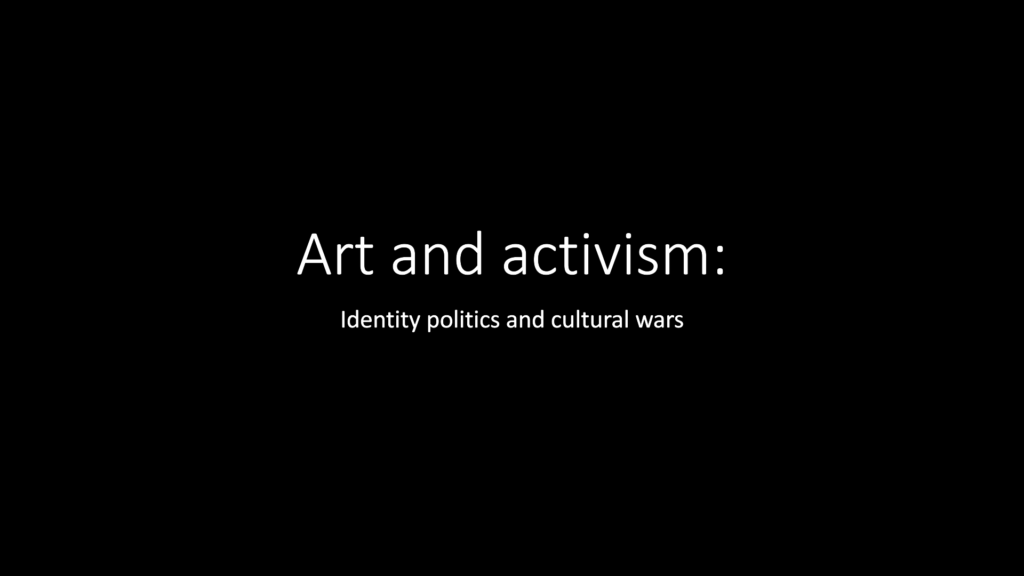

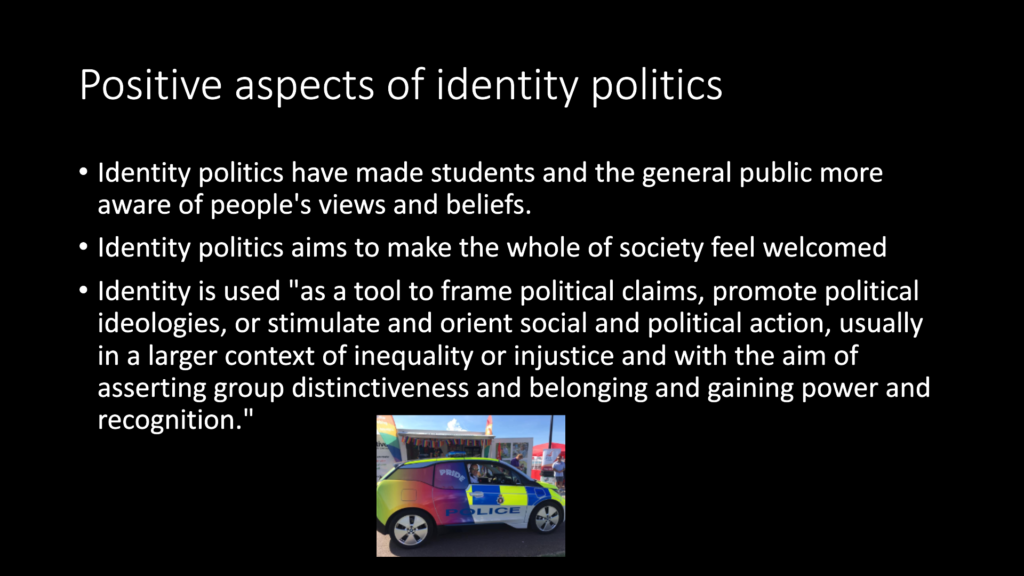
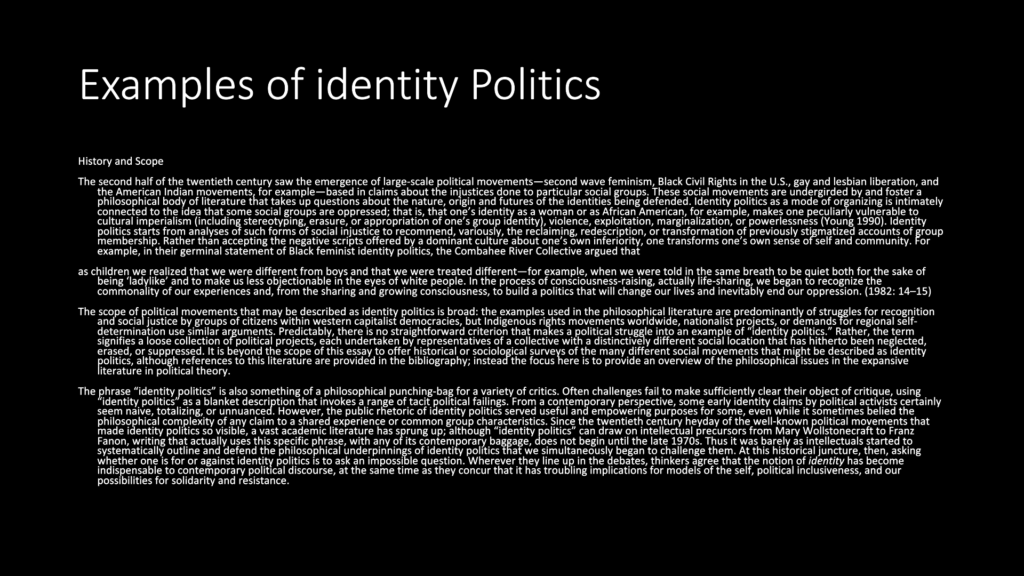
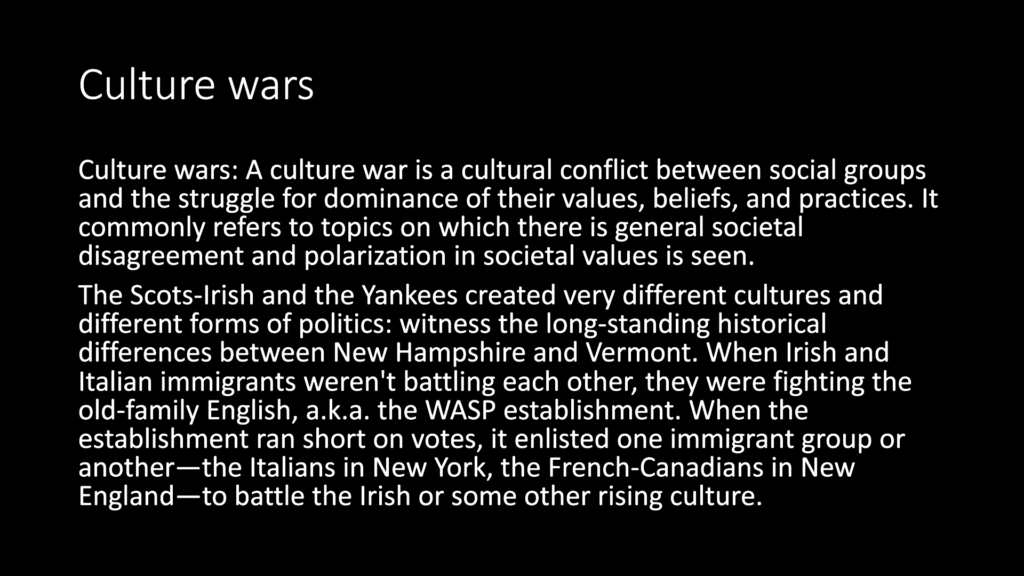
Shannon O’Donnell is a contemporary, documentary photographer. Her work focuses on modern issues, directly responding to the world and the immediate environment around her. She claims she has to be ‘hyper-aware’ when it comes to her work and she pays close attention to the news and events happening round the world to achieve this. O’Donnell incorporates history, media and photography together to create her work, which predominantly deconstructs gender binary. To O’Donnell, gender is a socially-constructed concept.
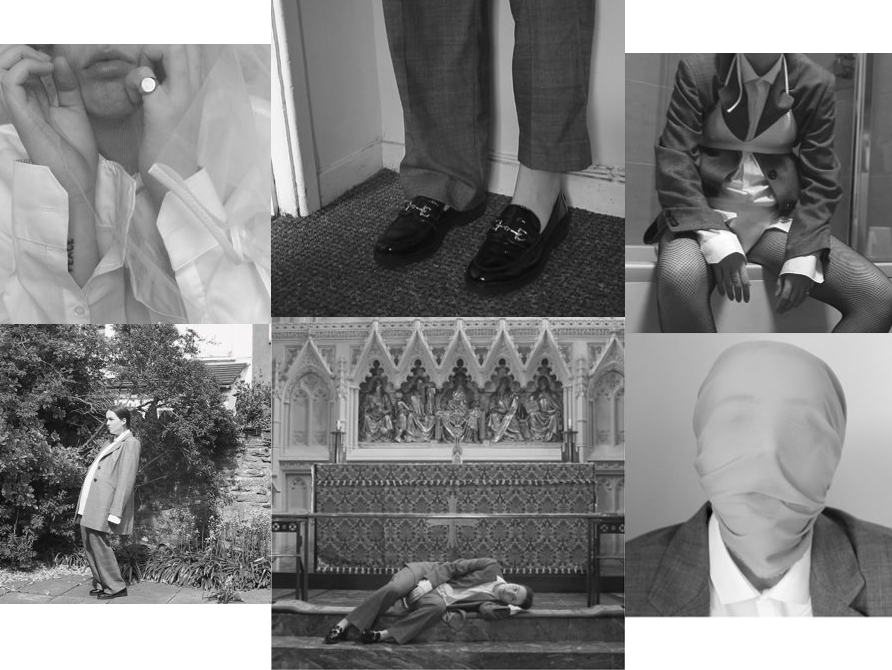
O’Donnell’s inspirations
As a previous student of Hautlieu, O’Donnell had been introduced to the politically charged work of Claude Cahun, who she claims is now a major influence on her work. In her own words, O’Donnell describes Cahun’s work as “strange” and was inspired by the way she presented the theme of rebellion through her ‘gender bending’ themes within her work.
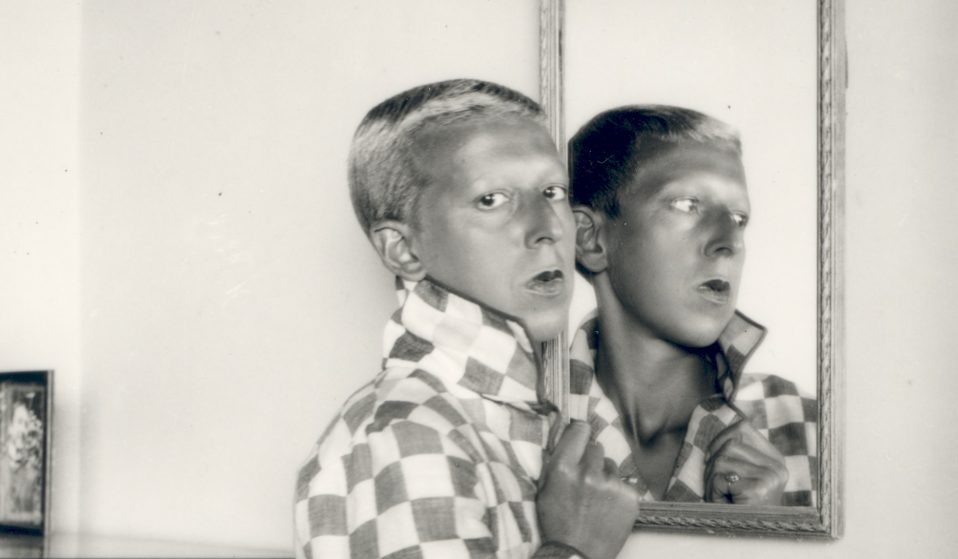
O’Donnell is fixated on the history of Cahun and how she wrote letters for the soldiers of WWII and placed them in their uniform, asking them to shoot their sergeants. This act was extremely rebellious.
Marx is another political inspiration for O’Donnell. She incorporates into her work the ideas brought about by the following quote:
The oppressed are allowed once every few years to decide which particular representatives of the oppressing class are to represent and repress them.
Karl Marx
Additionally, photographers Walter Pfeiffer, Adi Nes, and writer June Singer’s book on androgyny, ‘The opposites within’ have also majorly influenced O’Donnell’s work.
O’Donnell claims Pfeiffer’s work is ‘poetic’, capturing the true nature of his subjects as well as giving them control over how they want to present themselves to the camera and to the world.
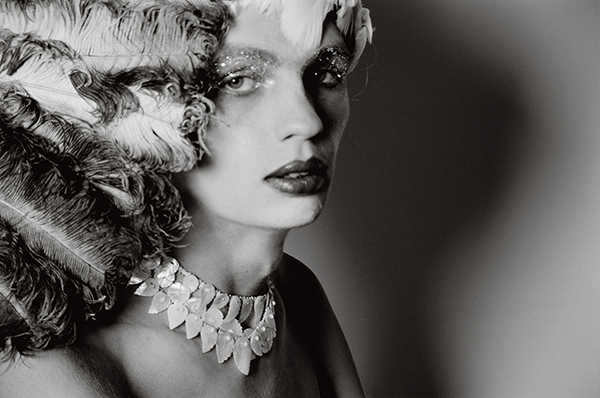
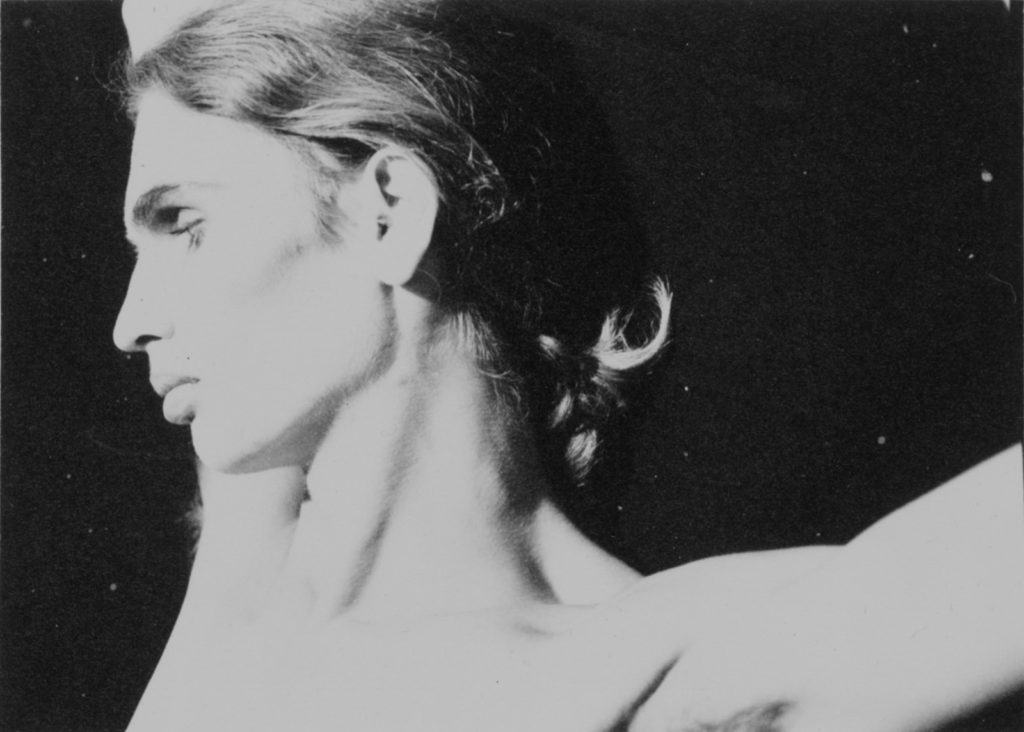
Adi Nes is an Israeli photographer who incorporates a mix of sexuality in his work, deconstructing masculinity as a concept. His use of soft lighting in his work inspired O’Donnell, as she viewed it as juxtaposing the harshness and boldness of manhood. His images are highly staged, often based on parables and cultural memory. His work resembles that of renaissance paintings. Additionally, sexual tension is present in his work as he explores the ideas of homosexuality.

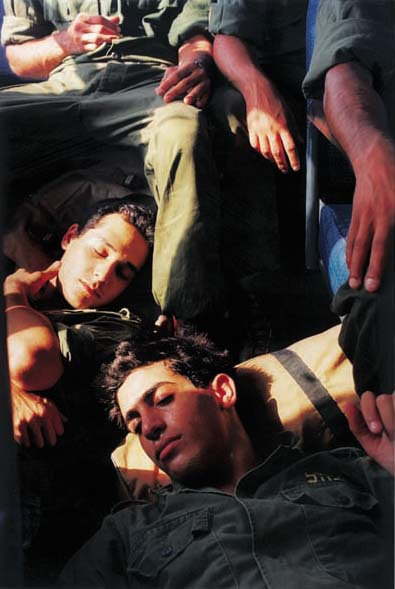
O’Donnell’s work
Her earliest work, ‘Shrinking Violet’ is based on the role of her mother within her household and workplace. She claims it’s ‘mocking the traditional roles of women’. This piece of work particular shows a criticism of the traditionally patriarchal society we live in and her work clearly reflects a protest against this.

O’Donnell then progressed with her work, producing ‘Abort Mission’, ‘By your bedside’ and ‘The Cat and the Mice’ in 2018. ‘Abort Mission‘ addresses the culture wars between religion and abortion. O’Donnell was inspired to make this as she came across anti-abortion protesters praying outside of an abortion clinic, claiming that their protesting was relevant and important to their religion. Intrigued by this, O’Donnell read through the bible and researched the church, in turn finding no evidence of abortion being ‘wrong’. For her work, she added a sense of focus towards the church as well as inspecting how society view women.

‘The Cat and the Mice‘ is a clearly political project and highly important to O’Donnell’s work. It focuses on the Suffragettes, who carried out acts of violence in response to the extreme patriarchy they lived in. The movement was started by middle class women for women’s suffrage and particularly for their right to vote. In order to get in front of the newspapers, the suffragettes felt they had to be ‘militant’. They were considered as terrorists by society, as well as being mocked. A main story that inspired O’Donnell was about the suffragette who jumped in front of the King’s horse in an attempt to attach a flag to it during a live television broadcast. Unfortunately, the act resulted in a horrific accident that was broadcast live, clearly showing the desperation these women had for freedom. Her project is named after the Cat and Mouse act, aimed at the militant suffragettes who went on hunger strike during their imprisonment.

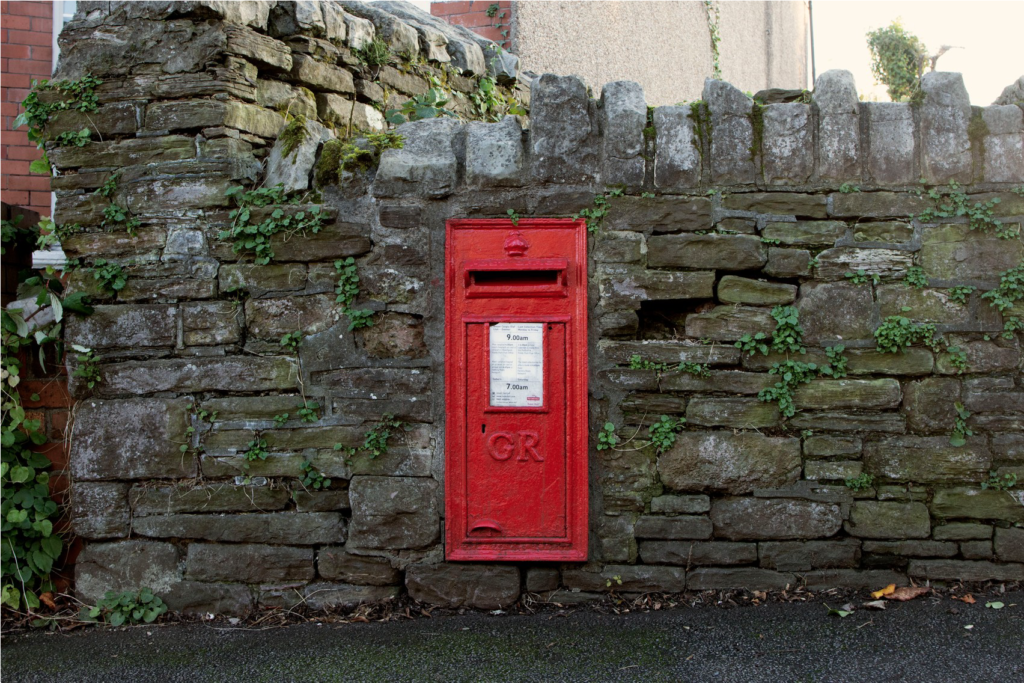
Finally, her film project ‘That’s not the way the river flows‘ from 2019 encapsulates the ambiguity of gender and masculinity. In this short film she questions her own gender identity, whether she is defined primarily by being a woman, rather than how she is as a person.
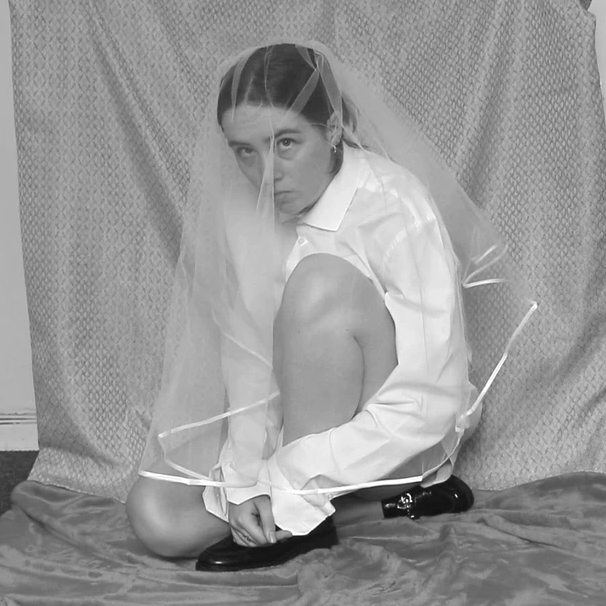
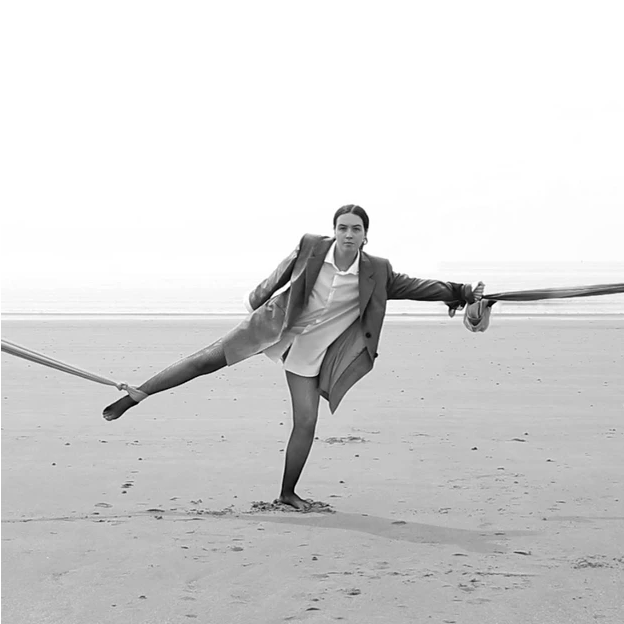
The film is made using what she refers to as ‘moving stills’. O’Donnell also wrote her own poem about society’s strict binary of male and female as a voice over for the film. The stills for her project are taken from these ‘moving stills’. In the video, she can be pictured wearing a suit (strictly male connotations) as well as mixing and incorporating female elements, such as heels, fishnet stockings and bras etc.
Her photography process
O’Donnell states that her audience is primarly aimed towards herself and that she works only for her own personal gain. Anyone else who resonates with her work is a bonus. Her process involves ‘performing’ for the camera.
The process removes the staged and unnatural feel of photo-shoots and allows more fluidity in her photographing process, in turn also giving her more flexibility in capturing the images she wants.
Photo Analysis
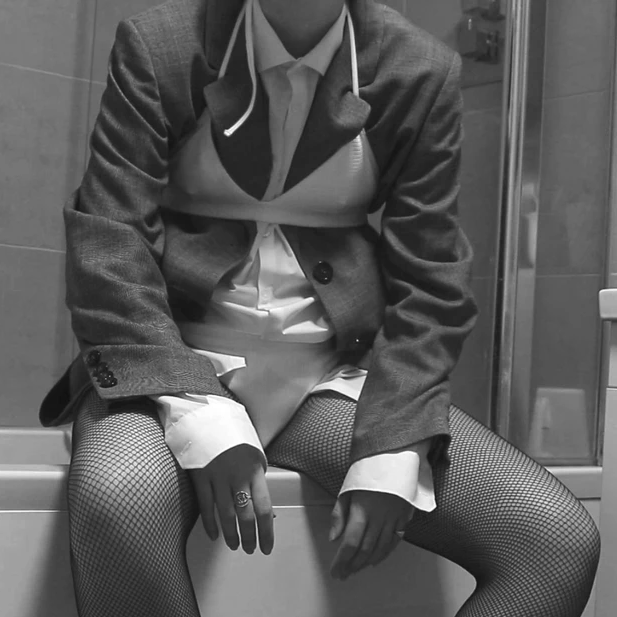
This image in particular presents O’Donnells personal issue with gender identity. Taken from the project ‘That’s not the way the river flows’, O’Donnell explores the social construct of gender binary, deconstructing it and questioning whether her own identity is entirely defined by being ‘female’.
The photo is set in what looks like a private bathroom in someone’s house. The setting itself amplifies the personal struggle O’Donnell is experiencing as a bathroom is easily lockable, small, private and enclosed. It has limited distractions and can possibly be comforting for the subject to access her own thoughts in. Additionally the lighting is fairly bright, showcasing the reality of O’Donnell’s existence and highlighting her outfit clearly. Though, the image is presented in black and white. The monochromatic effect of the image allows for a sharp focus on the subject.
The clothing she wears is obviously stereotypical. The first thing you notice when you look at the image is the bikini. Bikinis have female connotations, and so it initially shows the gender of the subject. However, this is juxtaposed by the suit it’s layered on top of. The blazer and shirt is associated with male clothing. Additionally, O’Donnell is seen wearing a signet ring (predominantly male) and fishnet stockings (predominantly female). This outfit choice is messy and contradictory, clearly showing the desperate nature of the subject trying to understand her identity. Possibly, she is criticising society by posing the question as to why these items of clothing are stereotyped to be male or female in the first place.
The positioning of subject is hunched. She also has limp arms resting upon her legs. This body language signifies a defeat after an internal struggle or effort to get free of social restraint and constriction. She looks as though she is sat in exhaustion.The theme of identity (or lack thereof) is prevalent in this image as her face has not been included, implies a struggle with a personal definition of herself.



A zine is defined as a product of an individual person or small group of people with the main purpose of exposure or raising awareness of an issue, or simply spreading your own work in a more put-together and professional way. The content of a zine isn’t limited to photography, and the concept of a zine is also used in illustration and design. (also historically forming the basis for comic books)
“A photography zine, for example, is a tool that photographers can use to tell a visual story, to inform an audience about a specific topic or issue, to showcase and advertise a new idea or simply create a preview of an ongoing project.”
There aren’t any set rules for making a photo zine, any theme or topic can become a zine as a form of creativity and self-expression. As a result, they can be very personal to the photographer or tackle sensitive subjects in the zine, often bordering on topics to do with family, personal trauma, mental health or childhood.
My zine is based off two shoots, one angel scene, and one mirror scene, both with different but singular characters. My black and white mirror scene is inspired by the work of Duane Michals, an american sequence photographer.
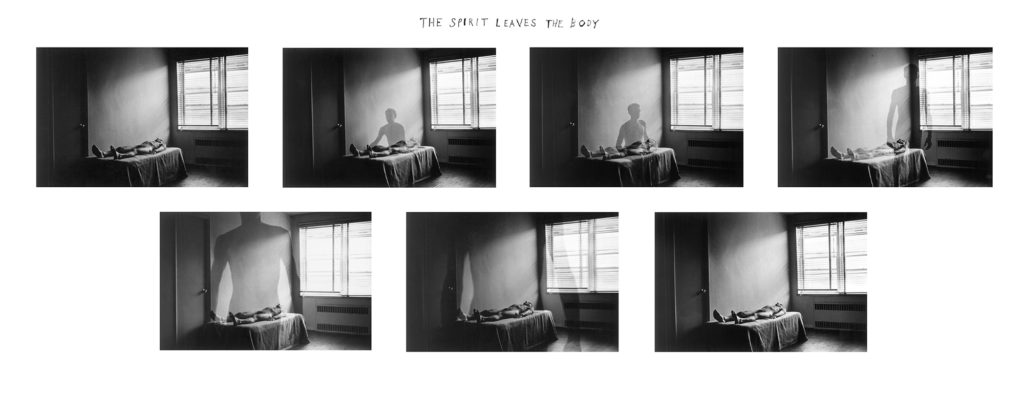

Duane Michals, widely known for his work with series, multiple exposures, and text, first made creative strides in photography during the 1960s. Michals famous sequnces are an appropriate cinema’s frame-by-frame format, creating a narrative that plays out through one consequent scene.
He has been awarded with many prestigious awards such as a CAPS Grant (1975), the International Center of Photography Infinity Award for Art (1989), and an Honorary Doctorate of Fine Arts from Montserrat College of Art, Beverly, Mass. (2005).
I’ve decided to base my zine shoot of this sequence of Michals, which is one scene of a woman looking into a mirror but her reflection is contorted and stretched, creating an unrealistic image. It fits my narrative with the angel, representing a somewhat nightmarish scene which would call for the ‘guardian angel’ to appear. Perhaps it is all a dream or maybe just a visual representation of inner turmoil in the character.
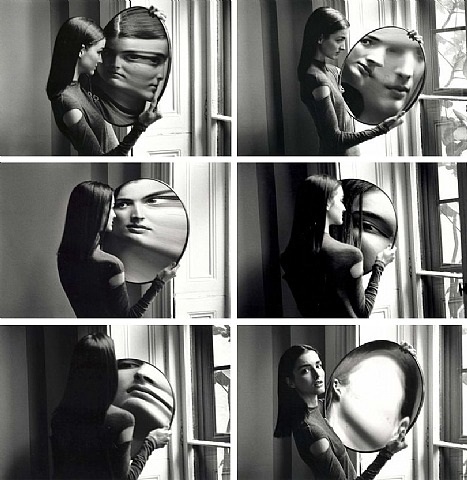
Identity politics: A political approach whereby people of a particular religion, race, social background, class or other identifying factor (usually minorities) follow and support political movements that share this quality with them

Culture wars: Cultural conflicts between social groups and the struggle for dominance of their values, beliefs, and practices.
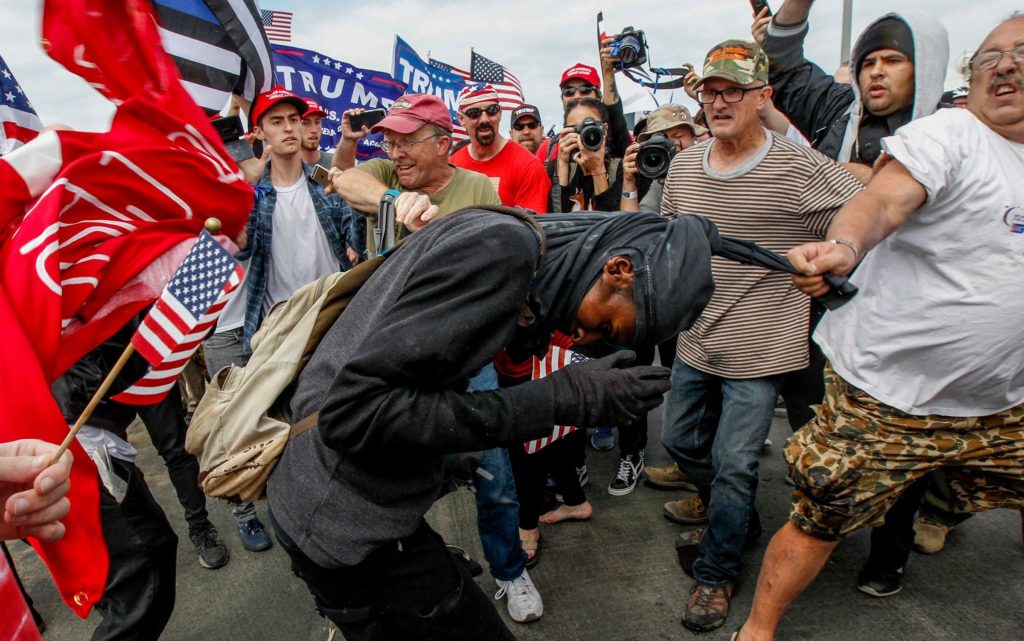
Examples of culture wars: For example, the clash between gay marriage advocates and conservative religious groups in the United States is a major culture war.
Similarly, the conflict between religion (pro-life) and abortion advocates is another culture war.
Positive impacts of groups harnessing their identity and views:
Identity politics and the privilege lens have many good effects. They have made students more sensitive and attuned to each other, and attuned to structural discrimination and bias issues. Students, teachers, and politicians who use the privilege lens are less likely to trade in generalizations and stereotypes of marginalized groups (although they may trade in stereotypes of dominant groups). Because of these lenses, many do a better job creating atmospheres that are inclusive to individuals of a wide range of identity groups that have been marginalized or excluded from important conversations. These effects have been important for a broadened perspective in our academic discourse.
Negative Impacts of identity politics:
Identity politics is now affecting our daily language. For example, following Britain and USA’s issues with immigration, the use of the term ‘migrant’ has become politically charged with negative connotations and has turned into a discriminatory and unfair title used against those seeking refuge. These connotations equate migrants with threats and fuel xenophobia, also leading to racism against British or American citizens that identify as the same race as these migrants or look similar to them.
Global culture wars
In America, the war between reversing climate change and maintaining the economy has caused extreme conflict within their society.
Additionally, Russia has a major culture war between same-sex married couples and more ‘traditional’ heterosexual couples. Russia’s tyrannt dictator, Putin, has removed same sex couple of their right to adopt children.
https://www.firstthings.com/article/2014/04/global-culture-wars
Identity politics is a term that refers to a political approach wherein people of a particular race, religion, social background, class or other identifying factor from exclusive socio-political alliances, moving away from broad-based, coalitional politics to support and follow political movements that share a particular quality identifying with them. It’s main aim is to support and to center the concerns, agendas and projects of particular groups, in accord with specific social and political changes.

There are many different types of identity politics that raises awareness and many issues that comes with the identity of many people; which in my opinion shouldn’t really even be an issue in the first place. For example issues such as: Racial and Ethnocentral this topic is increasingly analysed in media, especially recently with the Black Lives Matter movement which involved Police Officers in the US discriminating against black people purely because of their skin colour. This has been an ongoing issue historically. However there are many different types of racial politics such as: Arabic Identity Politics and White Identity Politics. There is also Gender Identity Politics which basically looks at how different genders affect the way that people look at certain individuals and also LGBTQ Identity Politics which may involve different rights between heterosexual and homosexual people – which is bizarre.

In my opinion, identity politics doesn’t really make any sense to me. There should be no need and there is no room in the world to discriminate someone based on their identity. At the end of the day we are all human and we are all the same no matter our race, gender, sexuality, hair colour etc. However, this is still an ongoing issue with people from all around the world being discriminated against due to certain stereotypes that we have come up with as a society. However in a sense, Identity politics can be helpful and we should seek to understand it as it is am important and influential aspect of our world. All politics in the end has an element of identity.
A culture war is a cultural conflict between social groups and the struggle for dominance of their values beliefs and practices. It commonly refers to topics on which there is a general societal agreement and polarization in societal values is seen. The term is commonly used to describe contemporary politics in the US. Issues such as abortion, homosexuality, transgender rights, pornography, multiculturalism, racial viewpoints and other cultural conflicts based on values, morality and lifestyle being described as the major political cleavage.
However, as liberalism becomes more dominant we have seen figures concerning culture wars significantly change. For example, between 1989 and 2019, the proportion of the population that thought gay relationships were wrong fell from 40% to 13% and the numbers opposed to abortions halved. This is a positive change to our society however culture wars do still exist when concerning things such as immigration, the corona virus pandemic, racism etc. As you have seen with the Black Lives Matter Movement, there was lots of controversy.
Photography can be an influential and powerful way to reveal different opinions, outlooks, identities and cultures. These are some links for you to look at which links photography with identity politics and culture wars:
